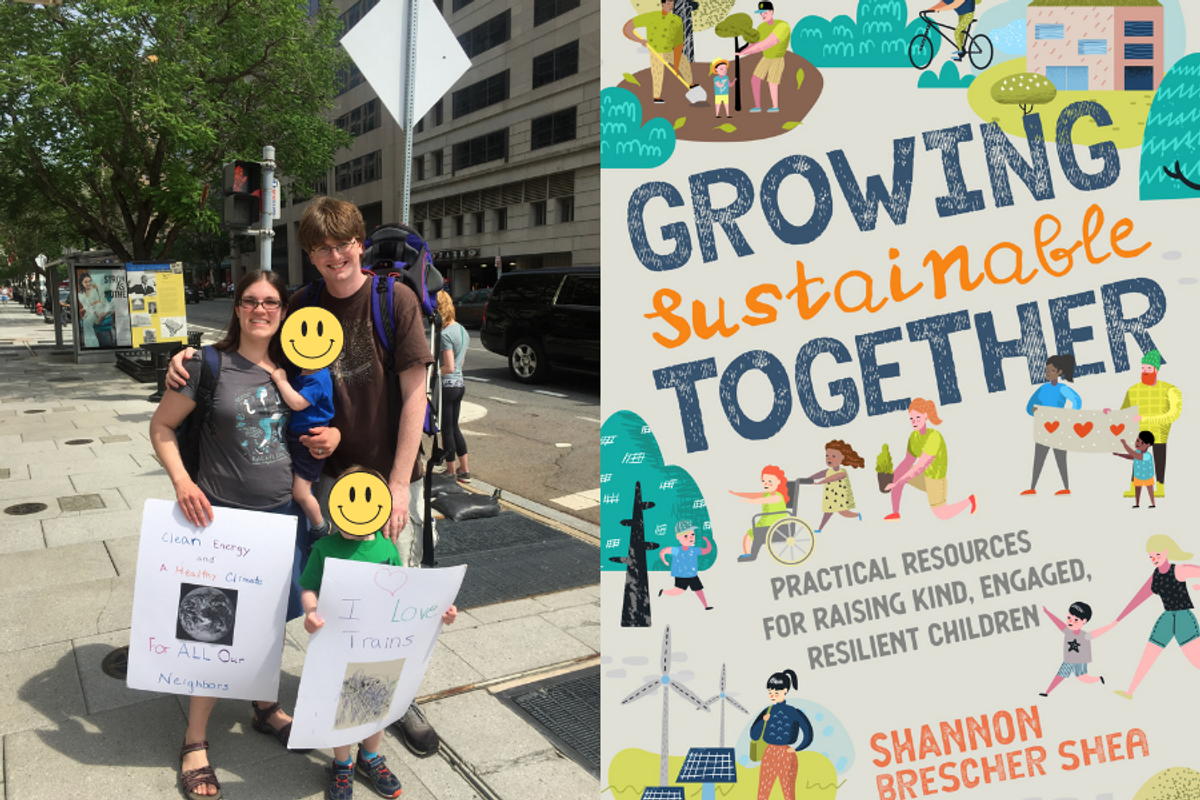AUGUSTA, Ga. – Attending the Masters is a lot like riding through a Cook-Out drive-thru in a Maybach. The whole time you’re in it, you’re aware that something feels off, that you’ll be found out, that there’s a bit of absurdity to the contrast. And yet, it’s that ultimate combination of highbrow and lowbrow that speaks to the entire Masters world, one that has one-percenters standing hours in line for a lawn gnome, gobbling $1.50 white bread and cheese sandwiches, stacking logoed plastic cups to the sky, and putting their business cards in collapsable (yes, still branded) chairs.
To try and explain the Masters at all is daunting. It’s why ESPN still has Wright Thompson dedicating time to vignettes about the sights, sounds, and experience. It’s why CBS makes the entire week a showpiece, moving heaven and earth so Jim Nantz is there, even as he flies straight from the NCAA men’s basketball National Championship. And it’s why pieces like this continue to exist, year in and year out, as first-timers look for ways to capture what they saw both to justify their own existence and because on some level there’s a fierce need to be believed, to prove what you saw was real.
The no-phone rule alone is staggering. If you want to see the action, you have to walk the course. Hospitality Cabins – of which there really aren’t many – aren’t set within view of any particular hole, so CEOs, pop superstars, former NBA players, actors, and yes, even Nick Saban, have to trudge up the hilly terrain and find their vantage points. And with no phones, there’s less of a need to pry or gawk; conversations evolve naturally, and there’s a surreal feeling as you see the same people over and over in an untethered, dream-like serendipitous state that is as carefully crafted as anything else in the Masters mythology.
Everything on the course is a whisper. If you don’t see it happen yourself, you get dispatches from whoever tells the story. An almost hole-in-one; a meltdown on the third hole; a five-putt on 16; the best approach shot you’ll ever see, trust me. The panoramic roars are addicting and infuriating. You want more of them. But not knowing what led to them is its own cosmic joke. At some point, you surrender yourself to the magnolias and the pine straw, to the insanely helpful workers, to the manufactured charm and elegance, and tell yourself you’re part of it. You belong too. Of course, even that is its own myth.
That thrill alone is what keeps people coming back. Many folks admit to it being their eighth or ninth or twentieth Masters. How they got there is its own story. They won the lottery, or their golf coach is a member, or their boss decided to take them. They each have their own tricks and tips to the course, to the concessions, to the pro shop, to parking. And they make mention of how things used to be (dangling their feet in the water on 16), or how they’re the same as they always were.
All that wouldn’t matter if the product wasn’t captivating. The Masters perennially delivers drama and brings out the best in players. Bernhard Langer won the Masters in 1985 and 1993 and celebrated the 40th anniversary of his first time playing at Augusta National by still being in this year’s field. He’s in awe of how it has continued to evolve for players and spectators alike while retaining the attention to detail that has been its calling card for almost 90 years.
“My first time seeing the golf course was a real eye-opener,” Langer told Uproxx. “I had never seen anything like it coming from Europe, and especially from Germany. Our greens were slow and somewhat bumpy. The fairways looked more like semi-rough at times and things like that. And to come here and driving in Magnolia Lane, see the Clubhouse, see the manicured golf course and then putt these greens that are so hilly and undulated and maybe 15 on the stimpmeter [green speed reader], but we’ll never know because they don’t tell us. It’s the only tournament in the world that doesn’t tell us how fast the greens are. Anyway, I had never experienced anything like it or seen anything like it. And I immediately fell in love just with the course and with the opportunity and the challenge to play such a pristine golf course. There wasn’t one blade of grass that seemed to be out of order.”
Langer notes that the course has always changed — not just to “Tiger-proof” it — over the years. But not everything needs changing. Even he makes mention of how great a deal for spectators it is (assuming of course you can find a ticket) once you let go and give yourself to the weekend.
“They do a phenomenal job for the patrons,” Langer adds. “The spectators, when they come here, they get free parking. The food they buy on the course is very cheap compared to any other sporting event of this magnitude, and so are the drinks. They’re really trying to make it a great experience for the people who come here and watch some of the best golfers in the world compete. And I think that’s very unique. I mean, they could charge $10 for a sandwich and $5 for a Coke or water but they don’t. People would pay it because you have a captive audience, like in any other sporting event, but they choose not to. And that’s a wonderful thing.”
Augusta National can afford to keep prices low because of the demand; it’s part of the experience, after all. And the course will do anything to protect that experience, short of buying every house in Augusta. They carefully choose their partners — IBM, AT&T, and Mercedes are all involved in some capacity, but there aren’t brand logos all over everything as you’ll see at just about every other sporting event in America. The Masters logo takes precedence over all else. The partners are more than okay with that.
Mercedes takes a cue from that attention to detail as a throughline for their entire experience (of which I was invited to take part). Guests remarked that even if they’d been to the Masters before in a variety of ways, this was different. The group I was with had access to rented furnished houses a few miles outside Augusta, along with entertainment and food throughout the weekend, any number of luxury vehicles to drive, and shuttle service to the course right down Magnolia Lane. For Mercedes, the 15 years of association with the tournament is a no-brainer, and they’re bringing some of their insights and technology to help modernize the experience, including utilizing electric cars like the EQS to shuttle players and installing electric chargers in parking areas. Their stated goal is to be fully electric by 2030.
The Masters still has a long way to go in hopes of ultimately using its powers for good. Its history isn’t without its blemishes (as Bomani Jones remarked on his HBO show Game Theory), and recent moves like forming a Women’s Amateur are only a start. The most impactful way Augusta National could enact change is locally, in its own backyard. The downtown area is being revitalized through local restauranteurs and business owners, but service workers admit Augusta National is often nowhere to be found.
Augusta, like any city with an industrial past, has a wide disparity in economic prosperity depending on zip code (23.2 percent of the city is below the poverty line as of the 2020 census), the familiar look of hollowed-out buildings along the river (from the city’s past in textiles and ironworks), and its own ugly history of redlining (a history of prejudice in home loans that led to further segregation in America, written in detail in Richard Rothstein’s The Color of Law).
Even on Masters weekend, there’s a sense that there are Two Americas, and Augusta National continuing to buy up all the modest ranch homes along the perimeter isn’t exactly helping. But what’s happened has already happened; what hasn’t happened yet is still a potential outcome. A commitment to infrastructure, education, and sustainability would be a start. As in all community projects, it isn’t about throwing money at the problem, but instead working on root causes and identifying individual inflection points to address with community leaders and residents, from affordable housing to after-school programs.
The Enterprise Mill project is one to look to as a hybrid solution, honoring the city’s heritage through a discovery center, as well as providing event space, offices, and housing. The Frog Hollow restaurant group has focused extensively on Broad St., and on transforming what it means to work, live, and play downtown. No solution is instantaneous; but if Augusta National and its partners committed not only resources but also its members’ and advisors’ considerable know-how and network to the region, there’s no telling how much of an effect it could have long-term.
That would only add to the legend of the Masters, and could yet be its most impactful legacy. The event already makes anyone who attends feel special, and that energy is infectious – if not outright powerful. Everyone should get the chance to feel that way.
“Not once in my life has anyone ever gone, well it was alright,” ESPN’s Scott Van Pelt said during a panel discussion on Saturday about attending the Masters. “I don’t know if I’ve been anywhere that makes people feel the way they feel [here.] It’s almost spiritual in a way.”
Uproxx Sports was invited on a hosted trip through Mercedes for reporting on this piece. However, Mercedes did not review or approve this story in any way. You can find out more about our policy on press trips/hostings here.

(@RonFilipkowski) April 22, 2022
pic.twitter.com/fwv3fw2wGt



(@FLOA_MissLinda) April 22, 2022
pic.twitter.com/fwv3fw2wGt



(@FLOA_MissLinda) April 22, 2022
Love me some Ken Jeong
pic.twitter.com/2A89pwOthw
(@klongturtlebend) April 22, 2022
(@TimHannan) April 22, 2022





















